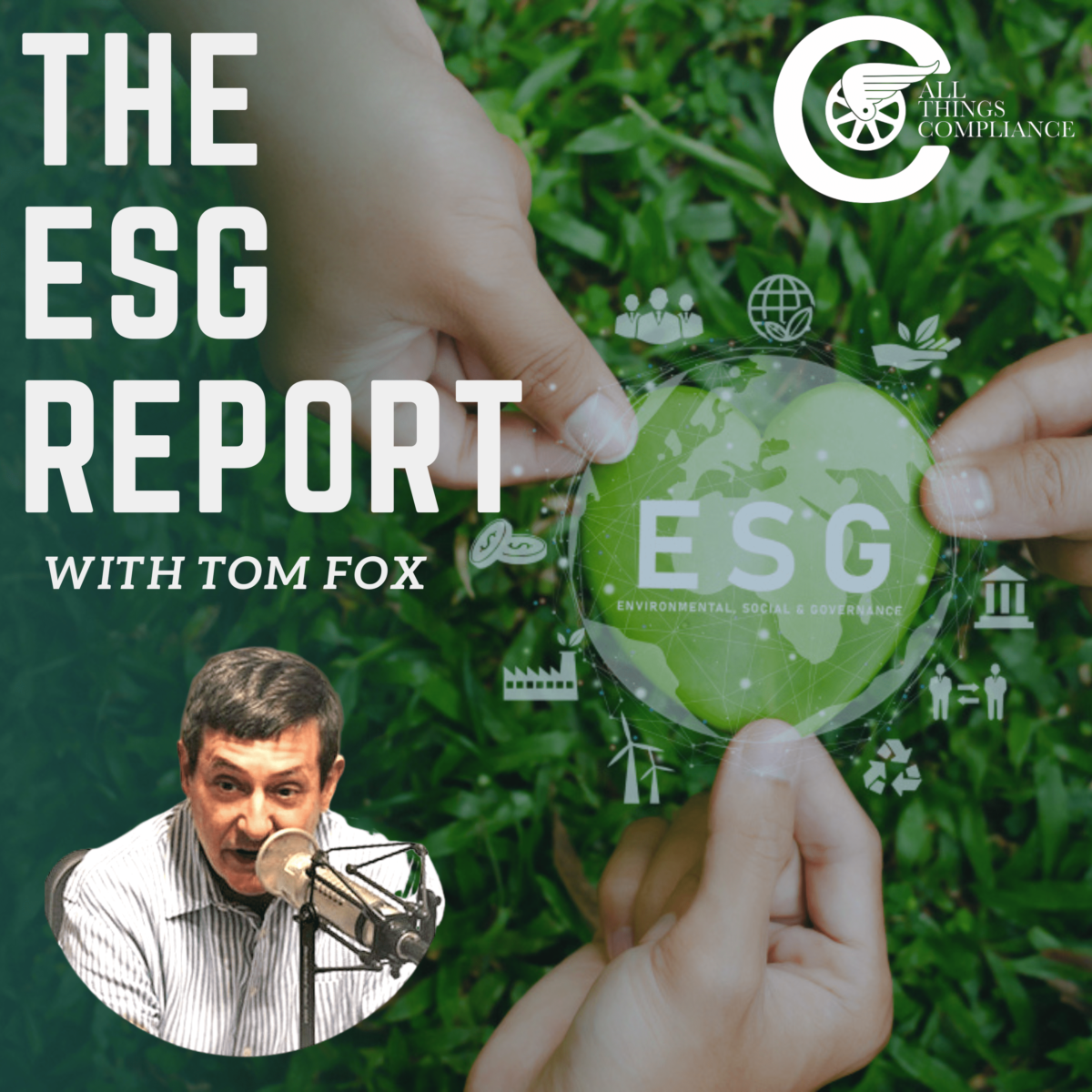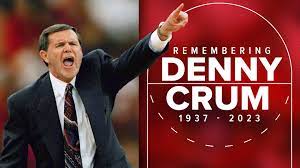We lost Denny Crum this week. For any fan of Louisville or college basketball, Crum was one of the greatest coaches in the past 50 years. He twice won NCAA national championships and went to the Final Four six times. According to his New York Times obituary, “Crum retired in March 2001 after 30 seasons at Louisville with a record of 675-295 and championships in 1980 and 1986.” For reasons still unclear to me, I became a became a big Louisville fan in the early 1970s. Crum won his first championship with Darrel Griffin in 1980. But my favorite teams were the ones which went to three consecutive Final Fours from 1981-1983 which were led by the McCray Brothers, Scooter and Rodney. My favorite game was the 1983 semi-final featuring Louisville against the high-flying Phi Slamma Jamma of the University of Houston. The game was completely played about the rim. So farewell to the high-flying Cardinals and their coach, Denny Crum.
We are in the midst of a blog post series on how to implement a stakeholder strategy for a corporation based upon an article in the Harvard Business Review article, entitled “How to Create a Stakeholder Strategy” which proposes a data-driven approach to design, measurement, and implementation by authors Darrell Rigby, Zach First, and Dunigan O’Keeffe. In Part 1, we considered the Statement on the Purpose of a Corporation and the stakeholder groups identified in this approach. In Part II, we considered the interconnected relationship between all stakeholders and how these stakeholders could be integrated. Today we will conclude with a review of a strategy to implement this approach.
The 2019 Business Roundtable Statement on the Purpose of the Corporation, business executives pledged their companies to be businesses for the benefit of all stakeholders, specifically including customers, employees, suppliers, communities, and shareholders. However, the authors believe that businesses firms can use data, to craft and implement effective growth strategies that recognize the complex interdependencies among stakeholders, create mutual benefits for them, and increase the net value generated collectively for their constituents.” The authors suggest a three-step approach.
Step 1: Make sense of outside perspectives. Interestingly the authors suggested an approach that every compliance professional will be familiar with, as it begins with an assessment. But rather than a risk assessment, the assessment is to determine the end objective, such as social justice, management effectiveness, or brand value. Then developing criteria to measure the results by assigning different weights to each and ranking them. The authors note that by using this approach it will “help you overcome confirmation bias and perhaps uncover valuable data sources. But you don’t need to accept them as gospel. Instead you should ask, Does this assessment fairly depict our current performance relative to other companies? If not, what’s wrong with it? What questions does it raise about our strategy, its future success, and required adjustments?”
Step 2: Create your own stakeholder strategy. From this starting assessment, you will next need to supplement this initial “analyze the interdependencies among your particular stakeholders. Once you’ve done that, you can begin crafting your stakeholder strategy, which should provide a clear description of your company’s purpose, establish criteria for evaluating progress toward it, determine priorities among stakeholders, and measure value creation for each stakeholder group.”
Use this data to understand the connections among the five sets of stakeholders. The authors posed some of the following questions which included “which management practices were causing employee frustration? How did that, in turn, affect value creation for customers, and what impact did that have on financial results? They had never attempted to understand the links among stakeholders or to prioritize and weight the importance of various stakeholders when trying to resolve conflicting interests.”
The next step is to rank this data. One company in the article was reported to have “identified four to six criteria for developing a performance score for each stakeholder (again, on a scale from minus 100 to plus 100). By multiplying the stakeholder’s weight by its performance score, the team could easily calculate the units of value created for each stakeholder and for the entire company.”
Step 3: Create systems to sustain your stakeholder strategy. Here the authors believe that to succeed a strategy must be able to outlast the enthusiasm and tenure of any individual executive. This means you need to (1) ensure that the entire company understands it, everyone’s role in it, and how individuals’ goals affect all stakeholder goals, and (2) institute disciplined routines for decision-making and execution.” This sounds precisely like the steps a compliance professional must take around the communication of a compliance program. The authors suggest five steps:
- Building a culture that embraced the stakeholder strategy.
- Designing organizational structures that increased cross-stakeholder collaboration.
- Establishing new processes that helped grow stakeholder value.
- Redesigning business processes to support stakeholder strategies.
- Communicating honestly to attract the right stakeholder segments.
The authors conclude by noting “A July 2019 survey of 1,026 adults commissioned by Fortune found that two-thirds of U.S. adults now think a company’s primary objective should be making the world a better place. According to the 2022 Edelman Trust Barometer, adults around the world believe businesses can be unifying forces in society and so should step up to shape more-balanced policies on jobs, technology, wage inequality, climate change, discrimination, immigration, education, and health care. They want businesses to grow value for all stakeholders.”
But the business reality is that “this is not simply a worthy aspiration. Companies that create strategies to benefit all stakeholders and establish systems for implementing them build businesses that are more successful and resilient. They reduce the risks of customer defections, employee turnover, loss of shareholder confidence, community protests, harsh regulations, and competitive disruptions—any of which can be crippling. Moreover, as executives at companies that have adopted stakeholder strategies, such as Costco, Microsoft, and P&G, can attest, a stakeholder-based approach to running a business can make leadership roles more meaningful and rewarding.” All of this means moving to a stakeholder model is not simply a nice to have but moving towards standard operating practice.









